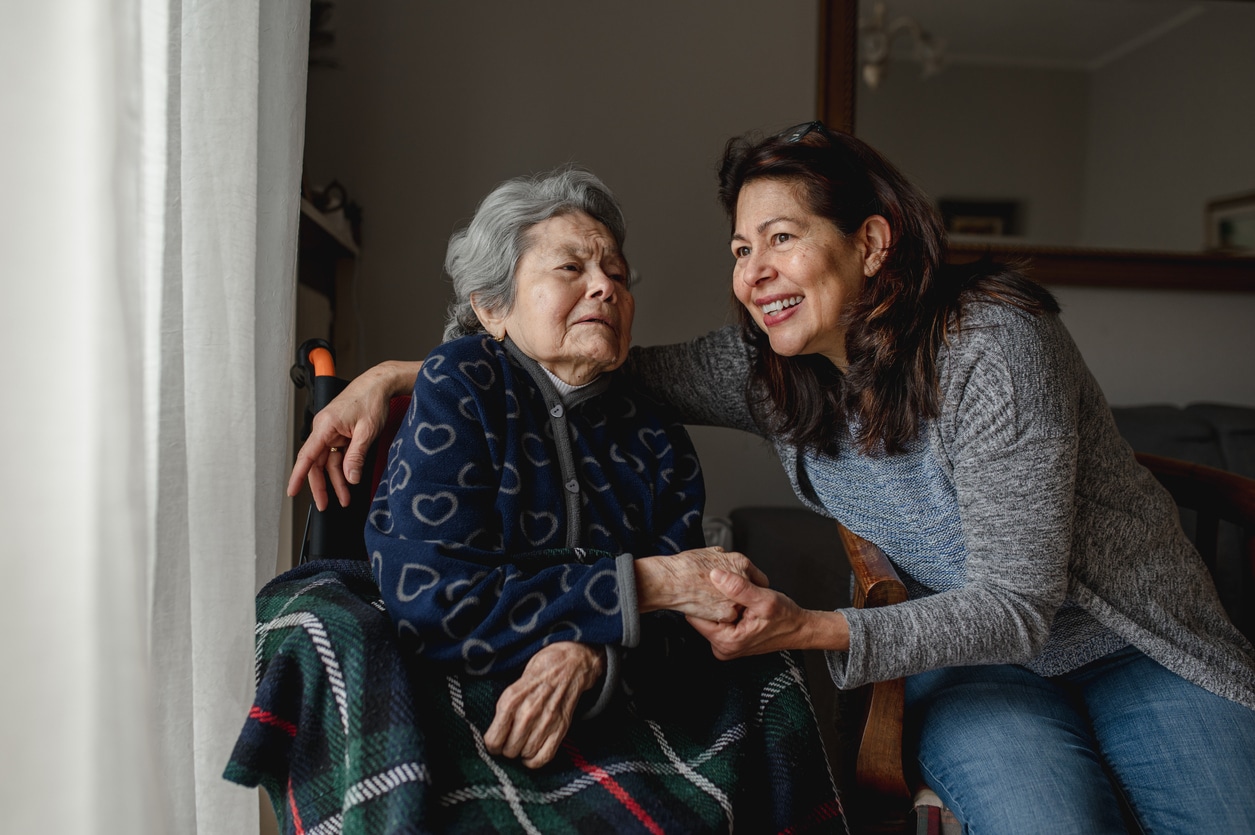A stroke is a critical medical emergency necessitating immediate attention. Acting promptly is paramount, as it can be the determining factor between life and death. Sadly, each year, numerous individuals succumb to preventable strokes that could have been effectively treated if medical aid had been sought promptly.
Given the urgency, recognizing the signs of a stroke is crucial. This is particularly pertinent for the elderly, who face an elevated risk but may lack the mobility or awareness to respond swiftly. Hence, the responsibility often falls on family and caregivers to detect the signs and seek assistance promptly. Here’s an overview of the unmistakable indicators of stroke and how to accurately discern them.
Understanding Stroke: What Triggers It?
A stroke occurs when blood flow to the brain is disrupted, leading to a deprivation of oxygen to a part of the organ. Consequently, the affected area of the brain ceases to function correctly, manifesting in impaired motor skills, as elucidated by the physical symptoms detailed below.
Who’s Vulnerable to Stroke?
As previously mentioned, the elderly are particularly susceptible to strokes. Additionally, several factors contribute to the likelihood of stroke, including high blood pressure, diabetes, high cholesterol, and smoking. Cardiovascular ailments such as heart arrhythmia also pose significant risks. Given the hereditary element associated with strokes, individuals with a family history of such incidents should remain vigilant regarding the warning signs outlined below.
FAST: A Vital Acronym for Prompt Identification
FAST serves as a widely recognized acronym to aid caregivers and individuals at risk in identifying stroke symptoms promptly, facilitating immediate action. Here’s what each letter signifies:
F – Face Drooping
When suspecting a stroke, ask the individual to smile. Observe if one side of their face droops while the other assumes a smiling position, indicating a potential stroke.
A – Arm Weakness
Request the person to raise both arms simultaneously. Notice if one arm lifts slower than the other or drifts downward while they struggle to elevate it, signaling a stroke.
S – Speech Difficulty
Is the person experiencing slurred speech or disruptions in their usual speech patterns? This could indicate a stroke.
T – Time to Call 9-1-1
If any of the aforementioned signs are present, it’s imperative to seek help immediately. Time is of the essence, so don’t delay in obtaining the assistance your loved one requires. Dial 9-1-1 promptly, or if you’re unable to reach the phone and your loved one has a medical alert system, press their help button to connect with a response specialist.
Ensuring Swift Response: What to Do Next?
While visual inspection alone cannot definitively diagnose a stroke, it’s crucial to take immediate action upon recognizing the warning signs outlined in FAST. Blood tests and imaging procedures like MRI are necessary to confirm a stroke. Never make assumptions – prioritizing caution is imperative. If you notice any of the warning signs, seek assistance without delay.
Medical alert systems can play a pivotal role in potentially saving lives during stroke episodes when individuals are unable to seek aid independently. Should the stroke victim press their medical alert button, emergency assistance will be dispatched, even if they’re unable to communicate with the operator. Moreover, with automatic fall detection, help can be called if they fall and can’t press the button.




